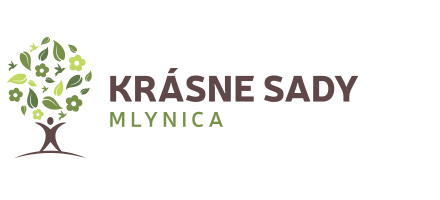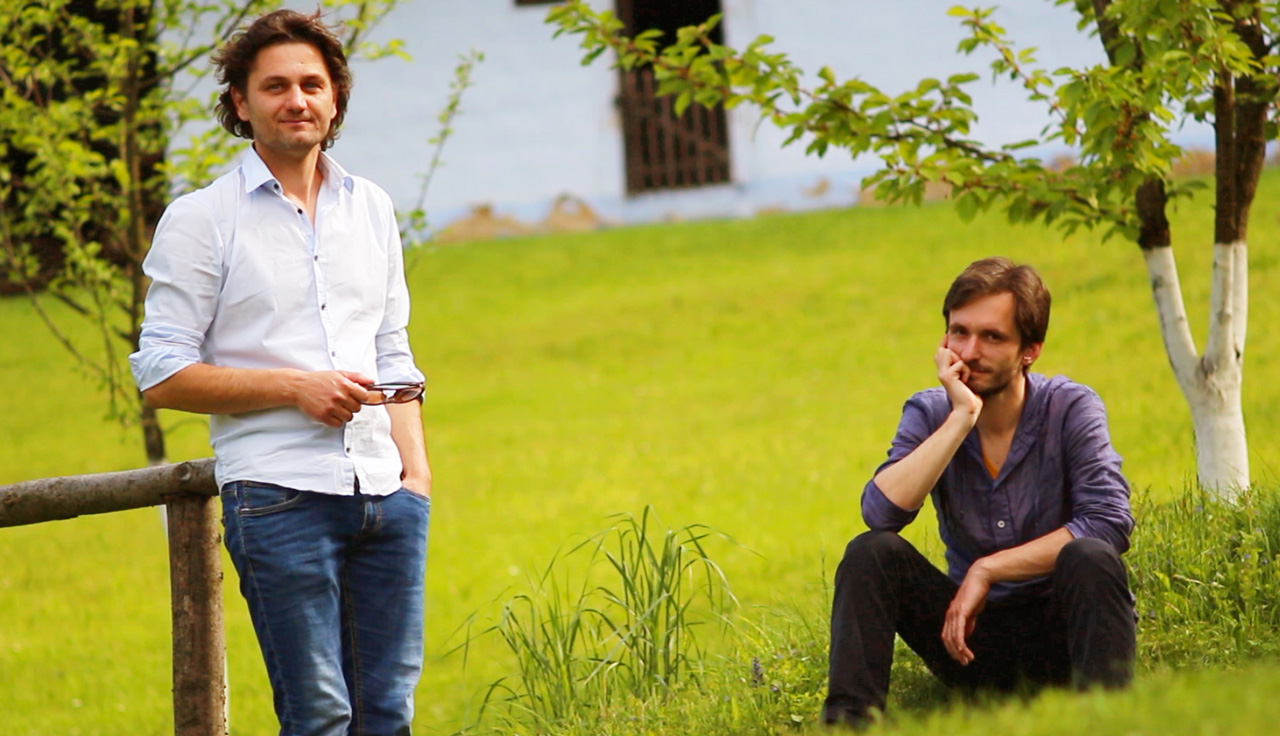Krásne Sady v sebe spájajú atribúty bývania a života
The Beautiful Settlements is a 100-hectare territory spreading on rural zone of Mlynica municipality. The creation of such a large area, with suitable ecological parameters and permaculture principles required a process of developing the Zone Territorial Plan. For architects Pavol Mészáros and Viliam Holeva it took many hours to specify every single detail. Following a nine-months-long process, the Territorial Plan scheme of the Beautiful Settlements was finally approved by representatives of Mlynica.
Both of you worked on the zone of Beautiful Settlements Territorial Plan. What kind of job was it for you?
Pavol: We worked with enthusiasms because we took part in this project and we could do what we enjoy. We can see the potential that urban development and development of settlements in our country should follow this direction.
Viliam: Working was very nice and it represented a step forward in what Palo and I regard as qualitative criteria for understanding life and work. Many urban structures tend to forget about human factor – man. As if the space was designed for a temporary way of living. The way of living in Beautiful Settlements that we designed joins the attributes of living and life – a person “accommodates” here, creates his own home, has a garden. It includes an important aspect which is recreation and regeneration. It is not necessary to travel somewhere to relax and seek internal satisfaction that he needs in external premises. Basically, this project reminds of typical urban structures of villages, where you have a house with large garden and area for farming. In this case, there is also a summary of instructions how to work with this environment, since people nowadays do not know how to work with soil, build eco-wisely, handle rain water, how to plant, etc.
What does the Territorial Plan of the zone actually means for its inhabitants?
Pavol: Legislation is very often understood as a barrier, as something that people try to overcome. This Territorial Plan of the zone created conditions to ensure that the process, concerning the way the territory should run in the future, is not obstructed anyhow and people would feel safe.
Viliam: The Territorial Plan regulates relations within the territory, people, transport, etc. Put it simply, it is a form of social agreement. It means that there are certain frame rules for running the territory and what characteristics is should have. The Territory Plan is not as detailed as the Zone Territorial Plan. If we want to progress with an idea and presents it objectively, it is necessary to get to the form which is called the zone. This zone provides legitimate instruments which, after discussing it over with state administration authorities, can serve for finding solutions that are interesting and suitable for both the investors and people who would live there. It means that within the zone it is possible to do so. The Zone Territorial Plan can be understood not solely as a regulation that the user must comply with, yet as a helping hand given to people. At the same time, it serves as a certain manual. For instance, it includes types of trees suitable for this area, recommendations, what technical parameters apply to a lake so that it is ecologically stable, etc.
When dealing with an area as large as Beautiful Settlements, an architect’s perspective must be much more complex and comprehensive in comparison to dealing with one individual project. Is that true?
Pavol: The size is an important element. We went through and discussed every single detail with experts and different views met in harmony. Beautiful Settlements make a whole that is being understood as orchards, forest, country. The priority is to preserve and enhance trees and nature that can affect microclimate in this area and its own regulation. It is associated with individual elements and areas within which we have created regulations, such as rain water collection and how to run this territory, etc.
Viliam: Dealing with measures concerning climate changes is a meaningful process when speaking about larger areas. Because this area is rather large, certain results can be seen. Speaking about biodiversity, when the parcel lies within the cadaster of a municipality and we comply with various ecological measures and requirements, but neighbors fail to do so, the effect is not so significant.
How did clerks and representatives responded in the process of marking up and approving. It is not very often that they deal with projects of that size…
Viliam: The Zone Territorial Plan has passed through a marking process at several stages. We experienced very good feedback and received ideas that were many times constructive and inspirational.
Do you know whether the area has been anywhere else within Slovakia defined through the Zone Territorial Plan, just like it was in case of Beautiful Settlements?
Pavol: I am not sure whether the Zone Territorial Plan has been worked out in this way within Slovakia. There are various projects aimed at ecology. It includes various cooperatives and lands that are intended for ecological farming and the Territorial Plans do not state the fact that they have undergone their own process.
Viliam: We were inspired by ecological forms of living, especially in Scandinavia where this issue is well worked out. I do not know whether someone has introduced this type of ideas here. It is possible that some partial measures that we were considering are already included somewhere else. However, I reckon that within Slovakia no zone has been worked out to such an extent and with such an approach.
Pavol: Around the world there are also networks of settlements and villages that share information and help each other. Unfortunately, it does not work in Slovakia like that, yet.
Marcela Nováková

